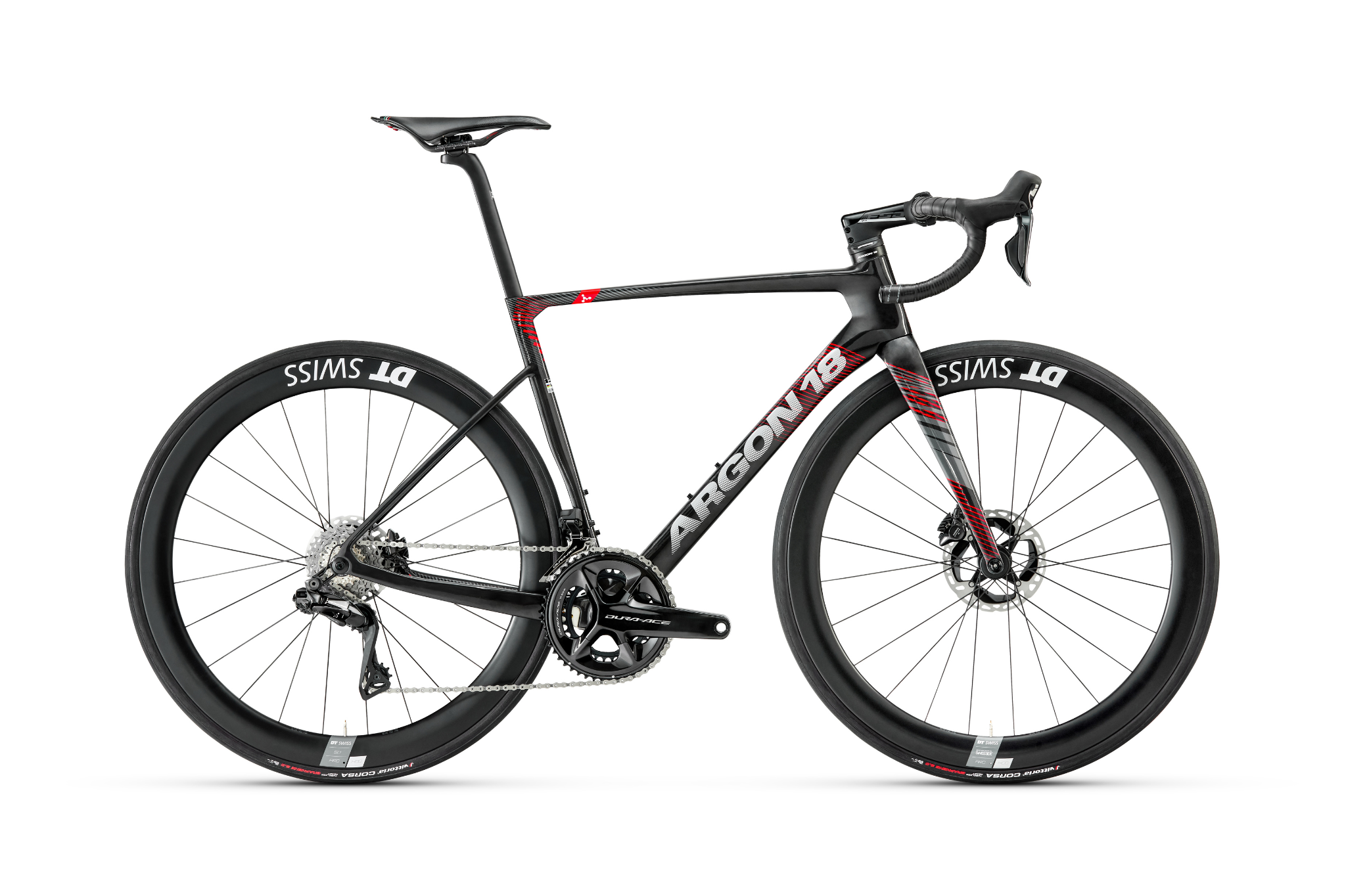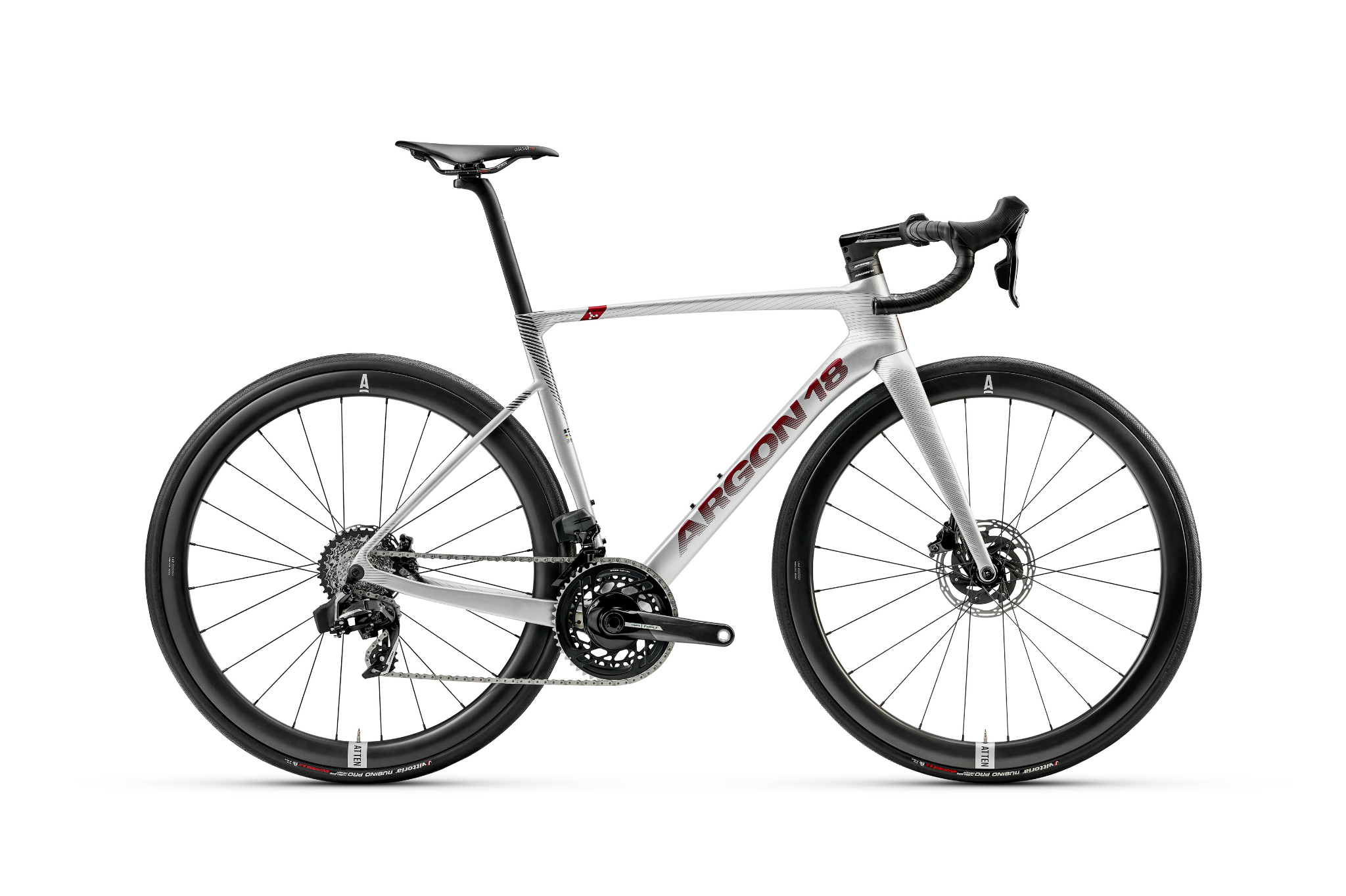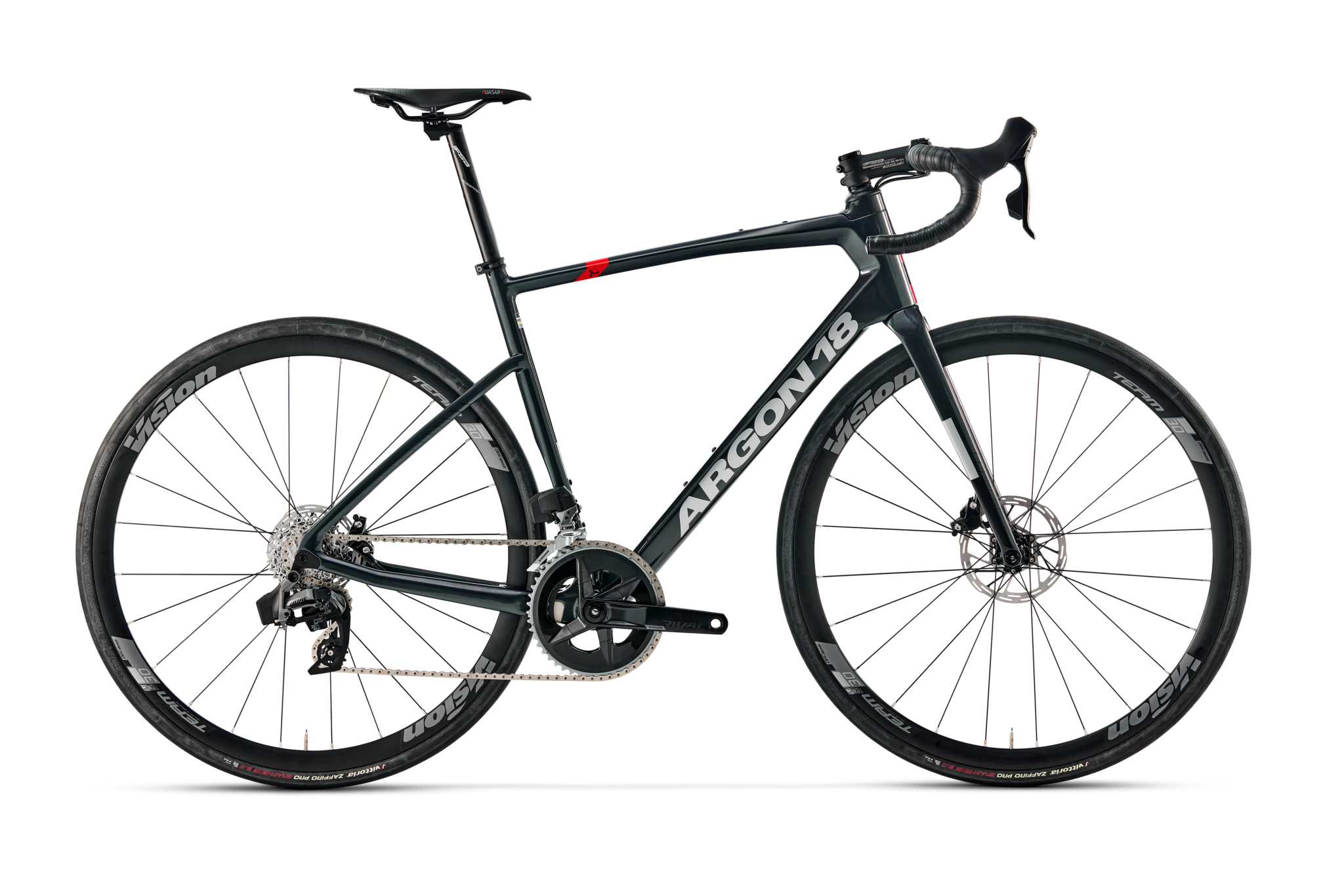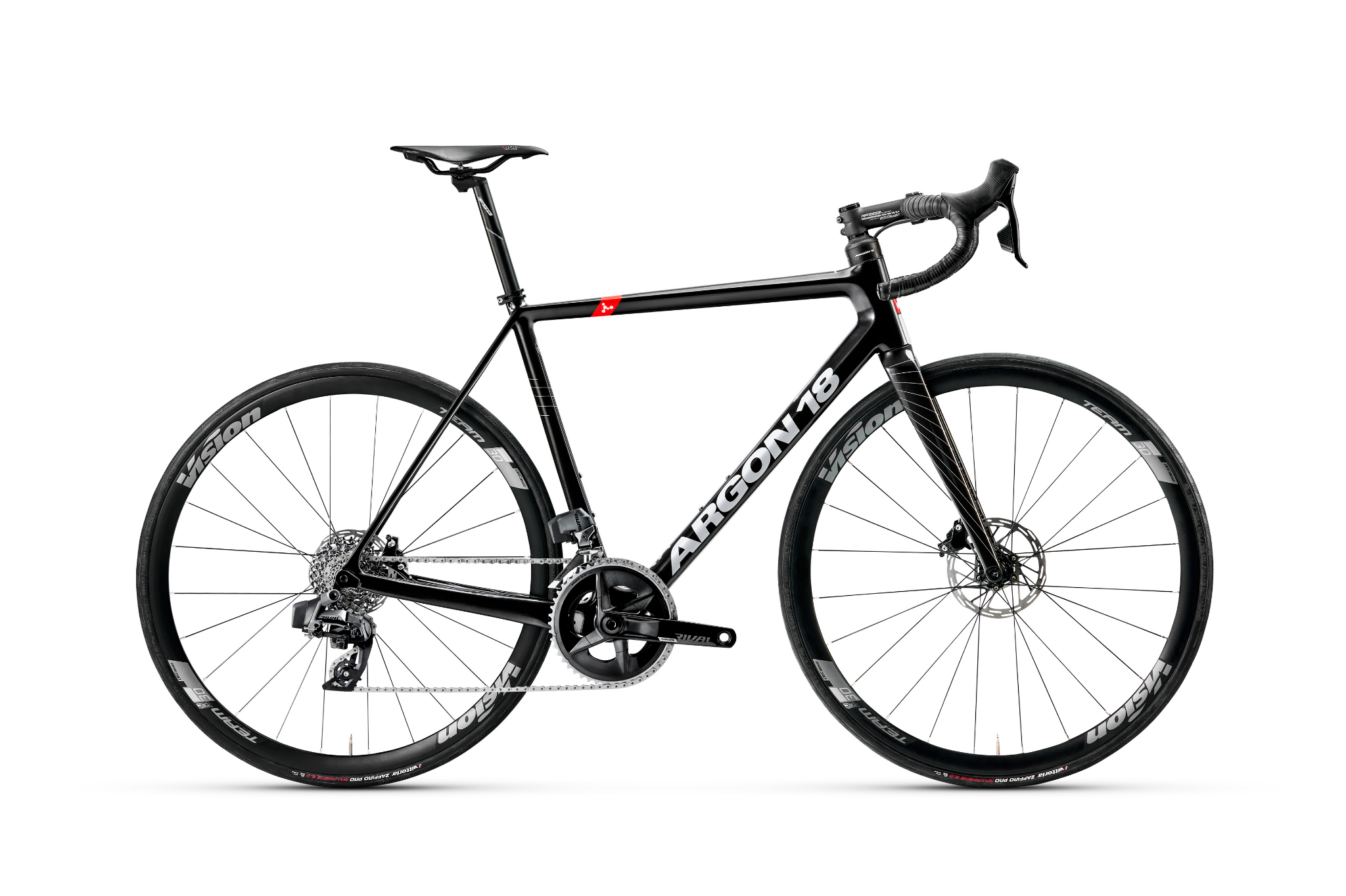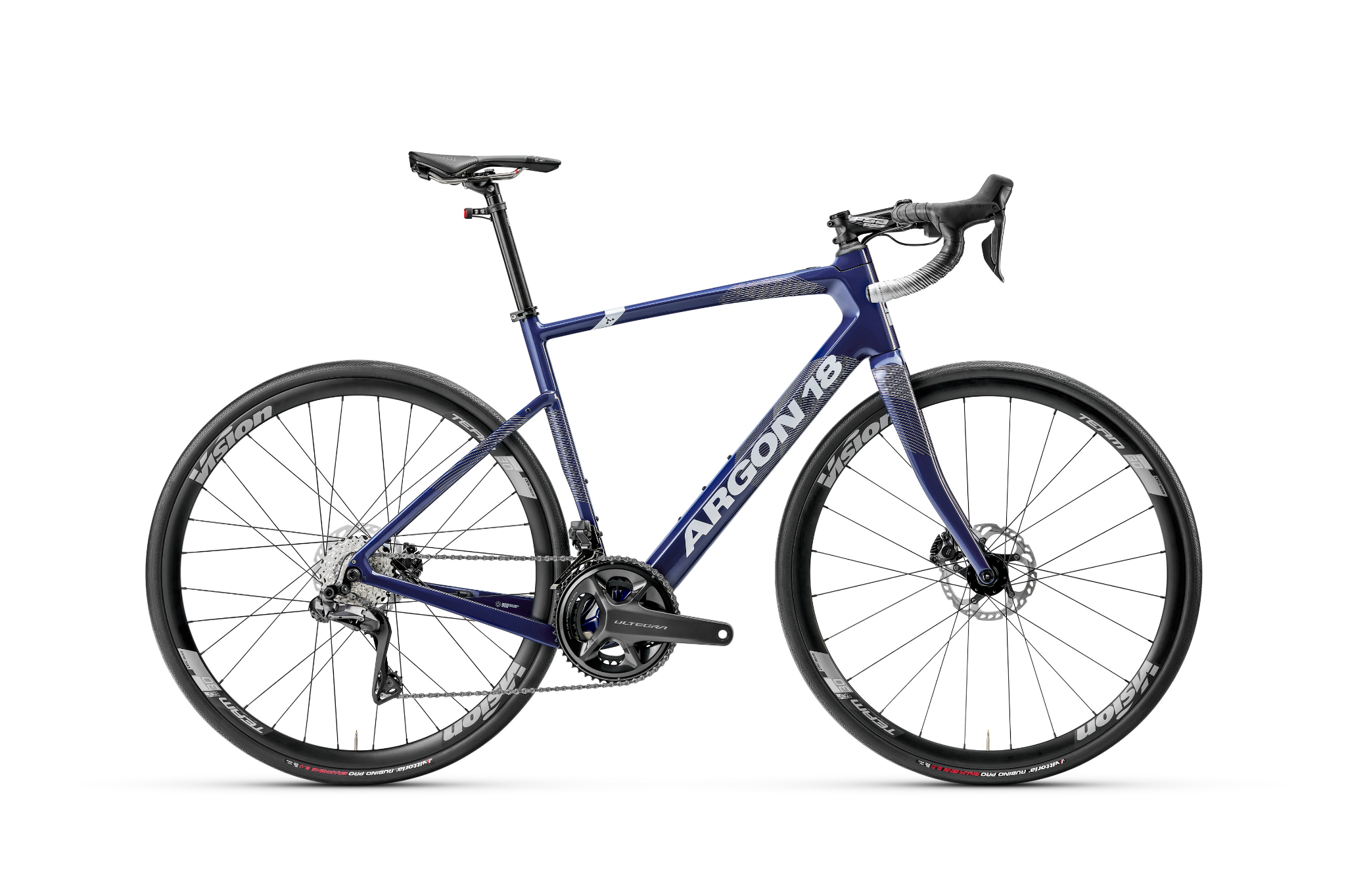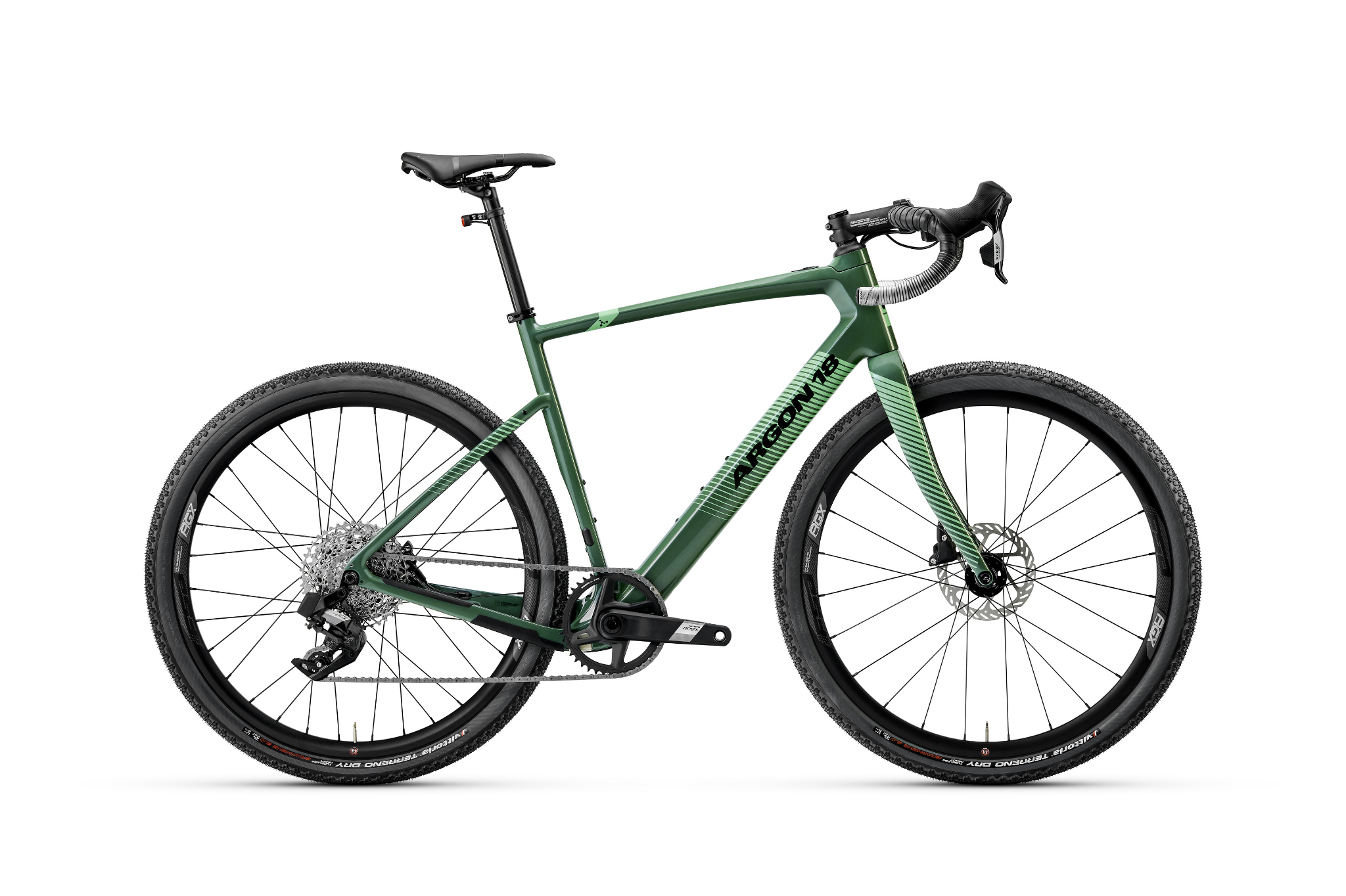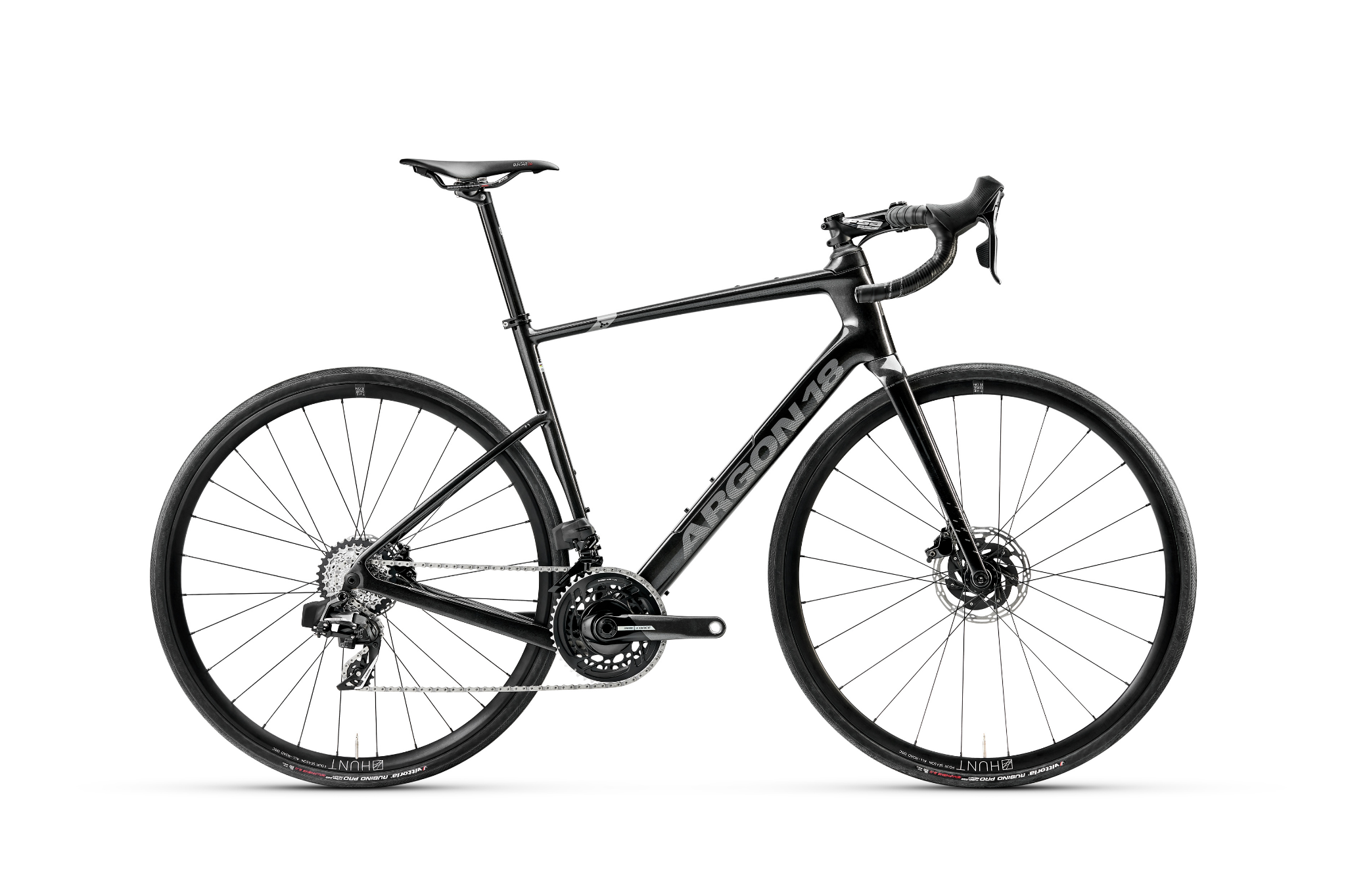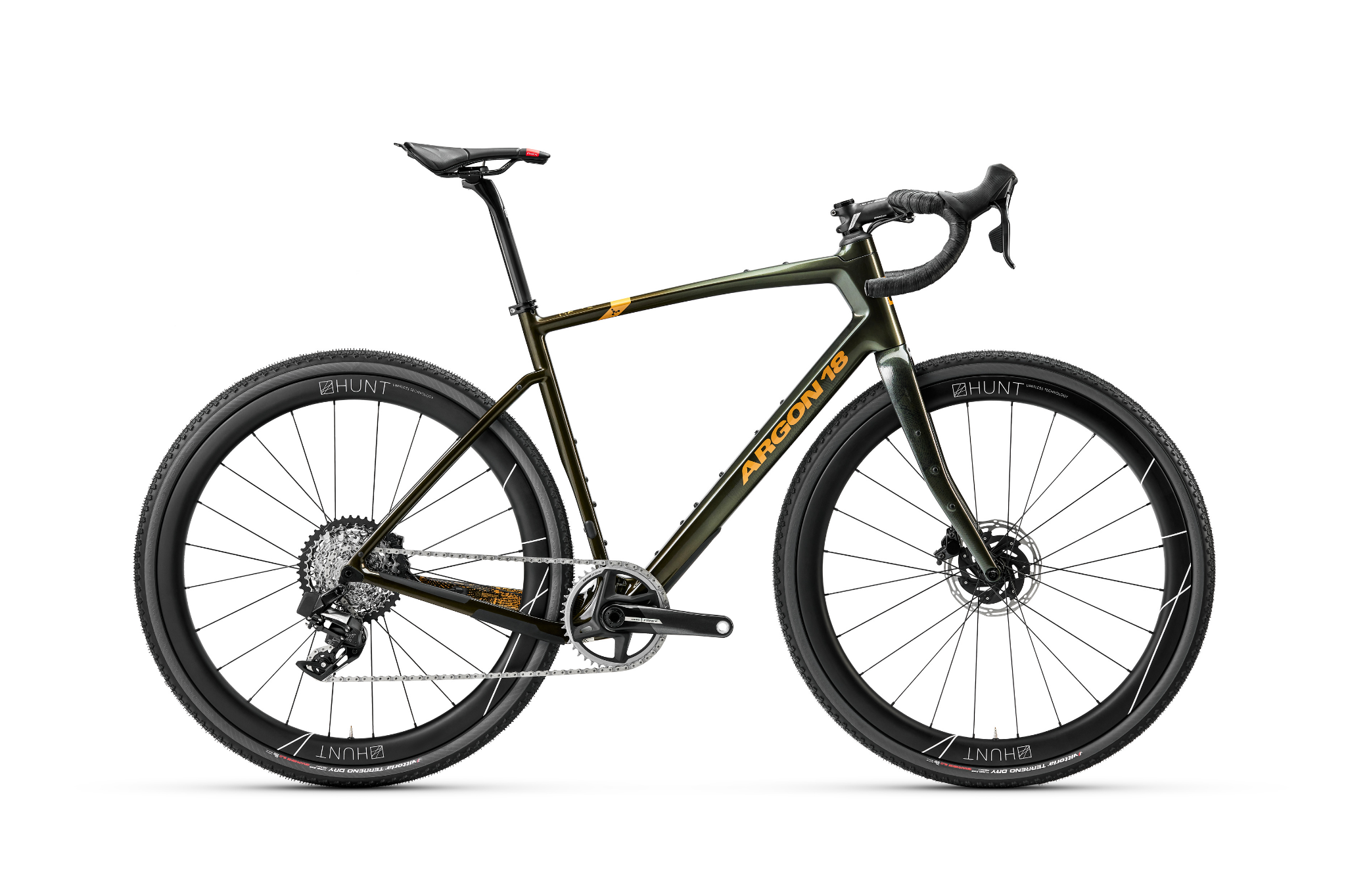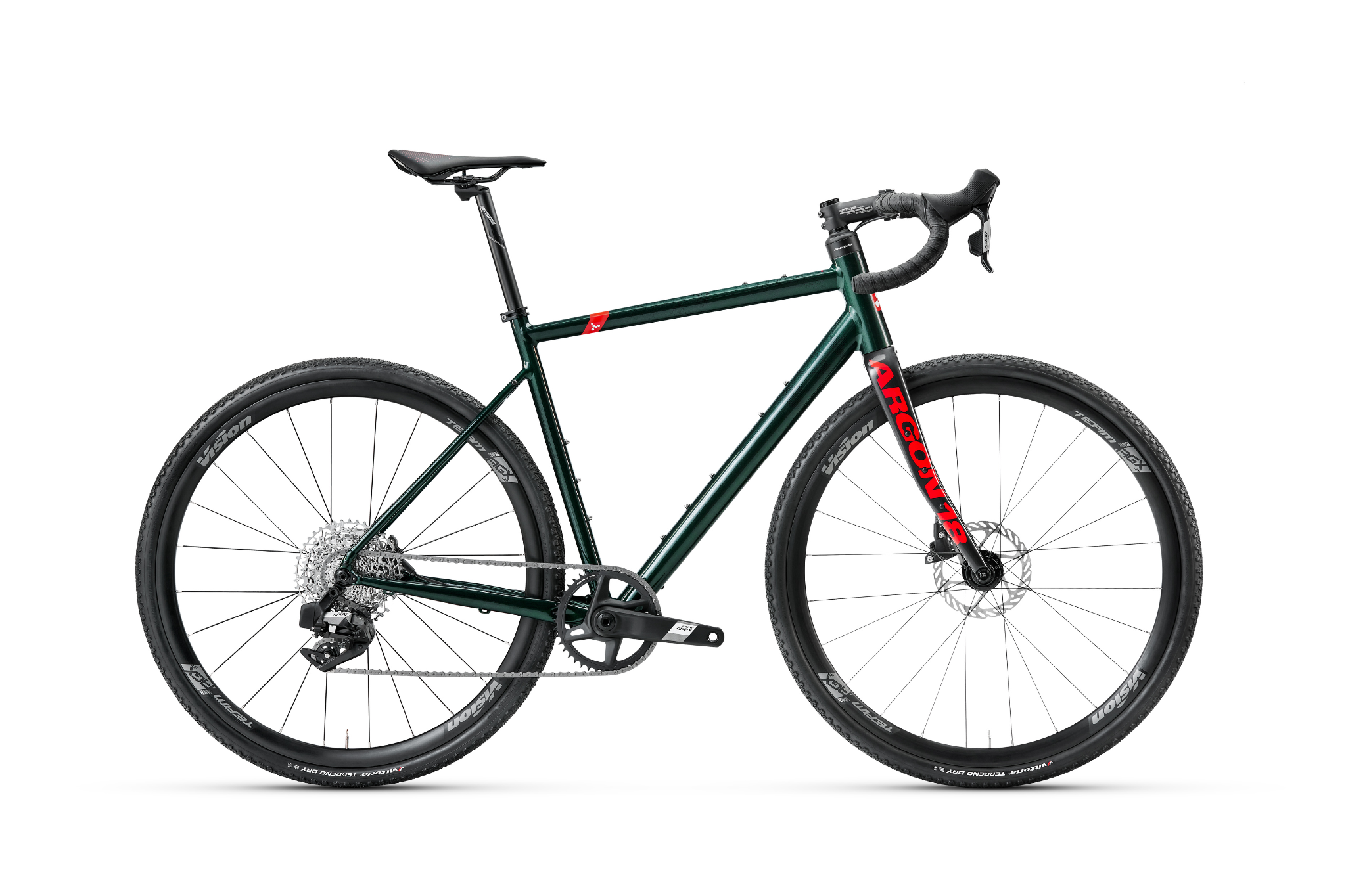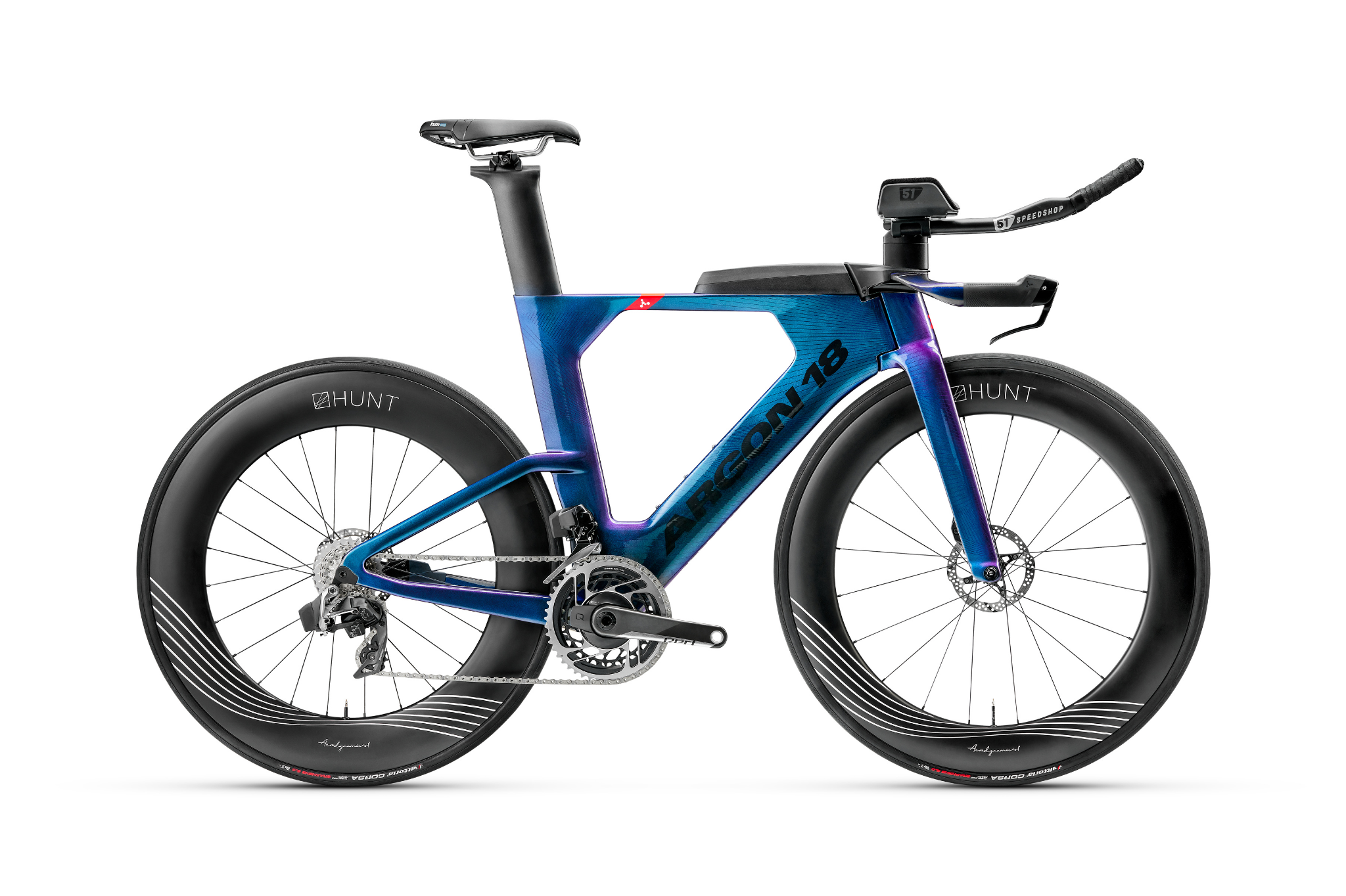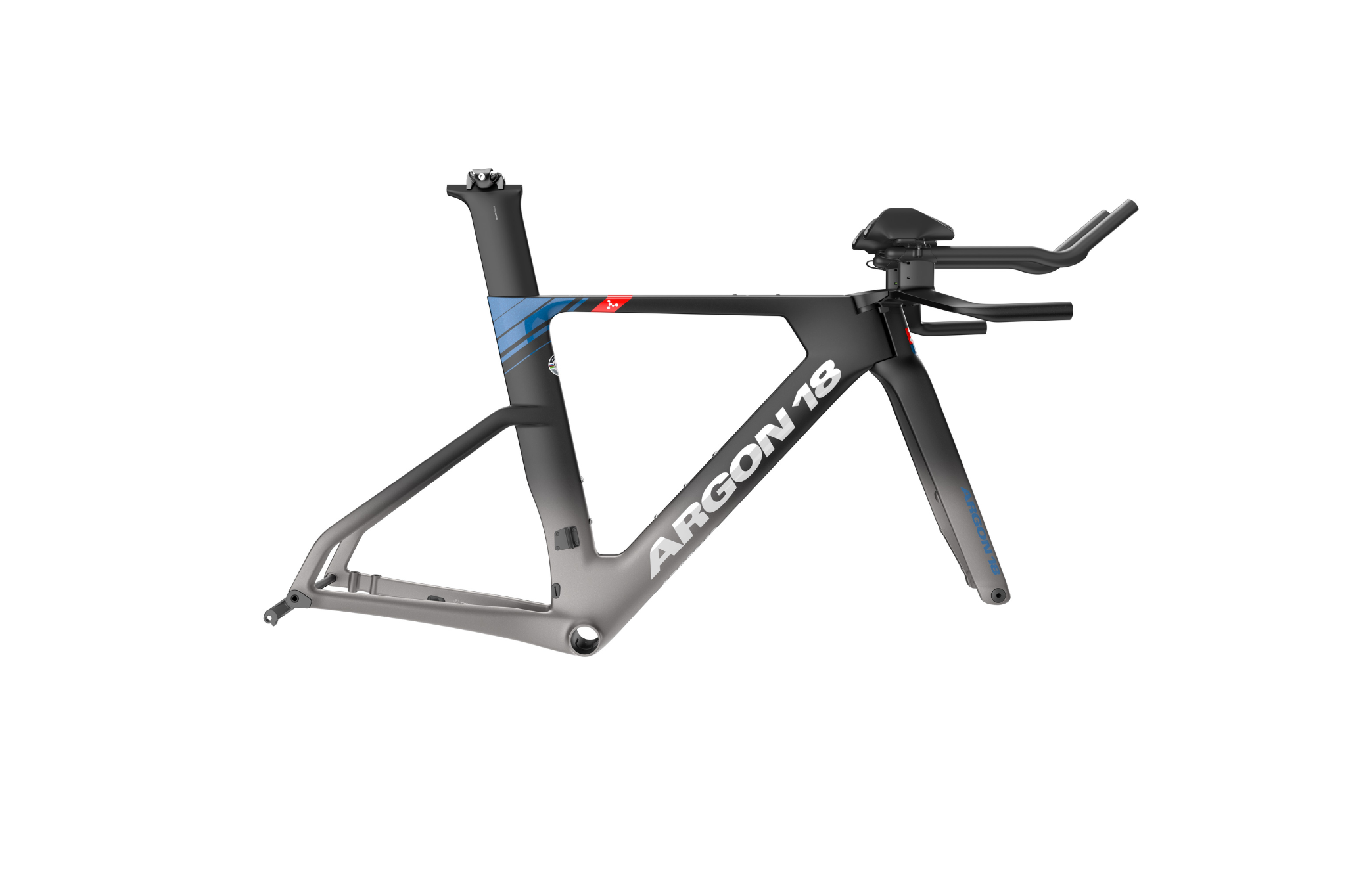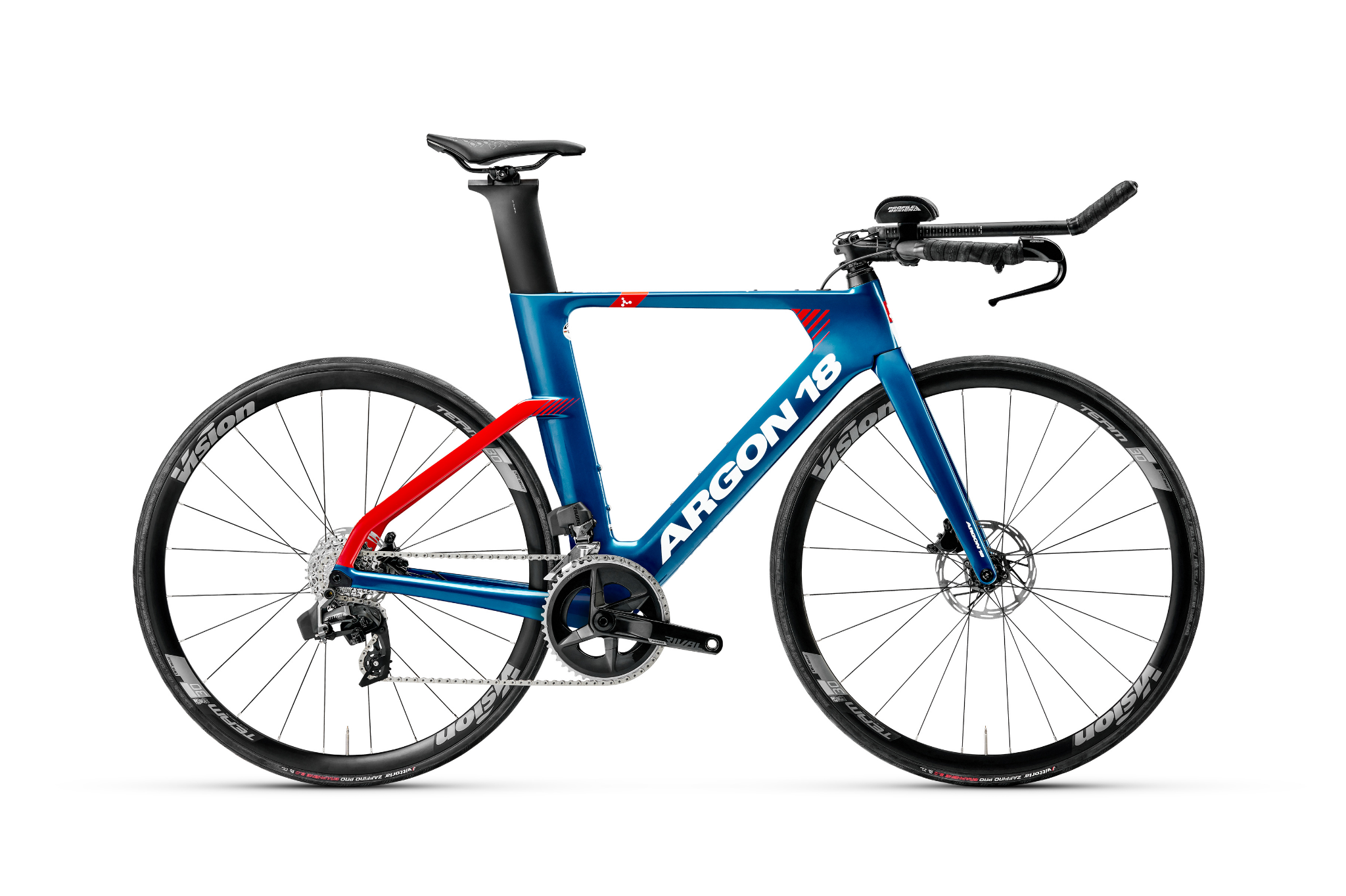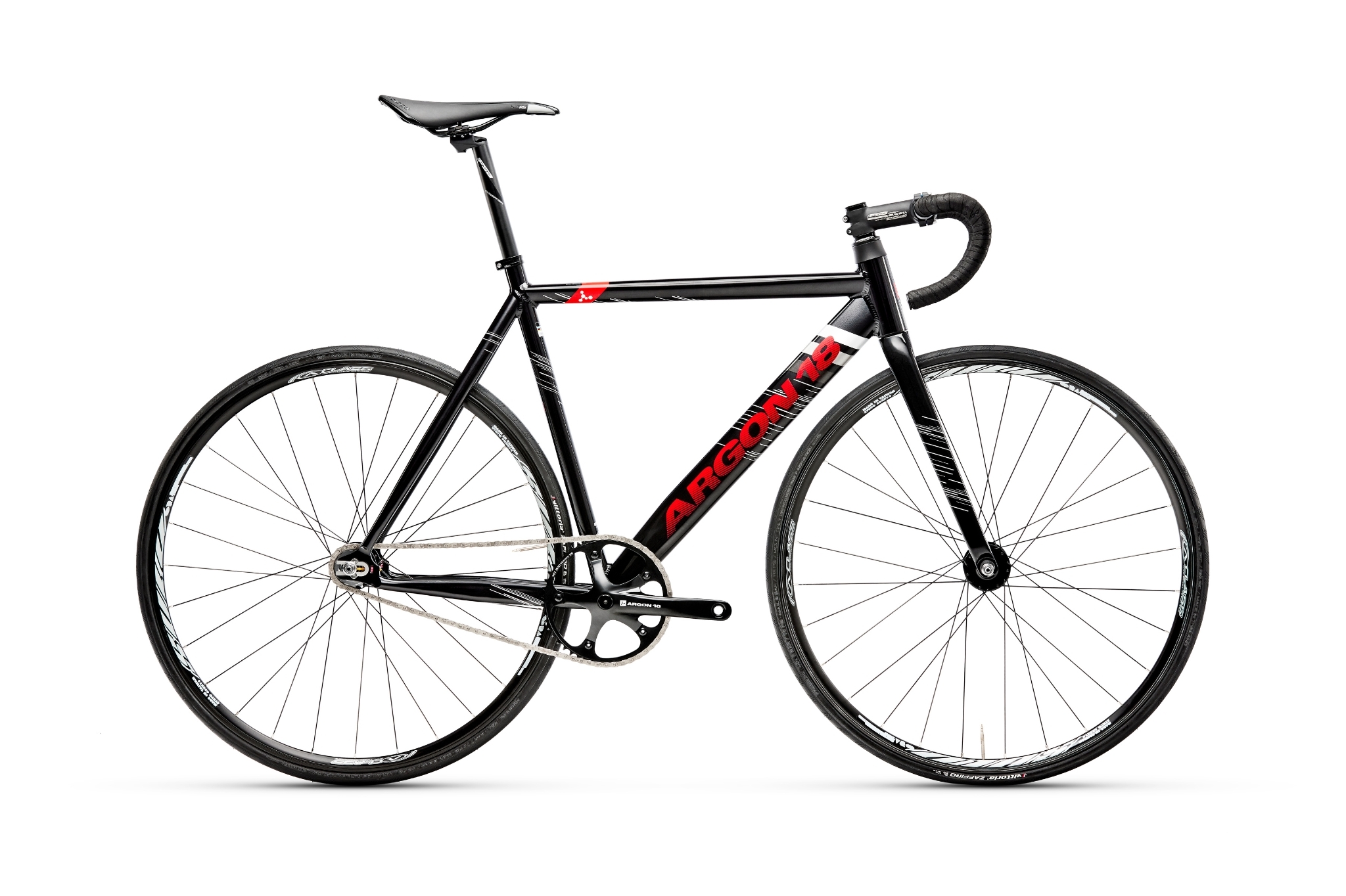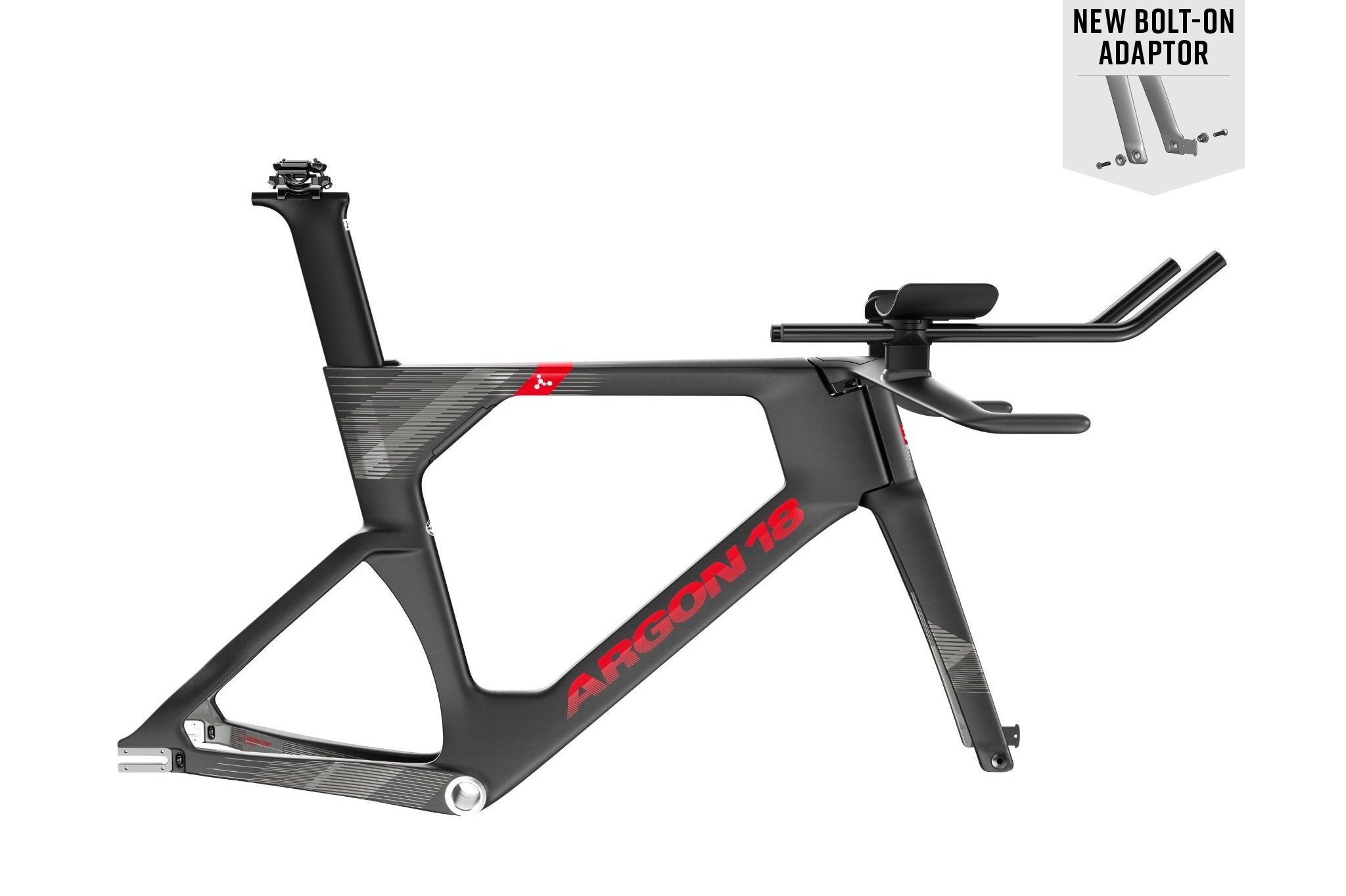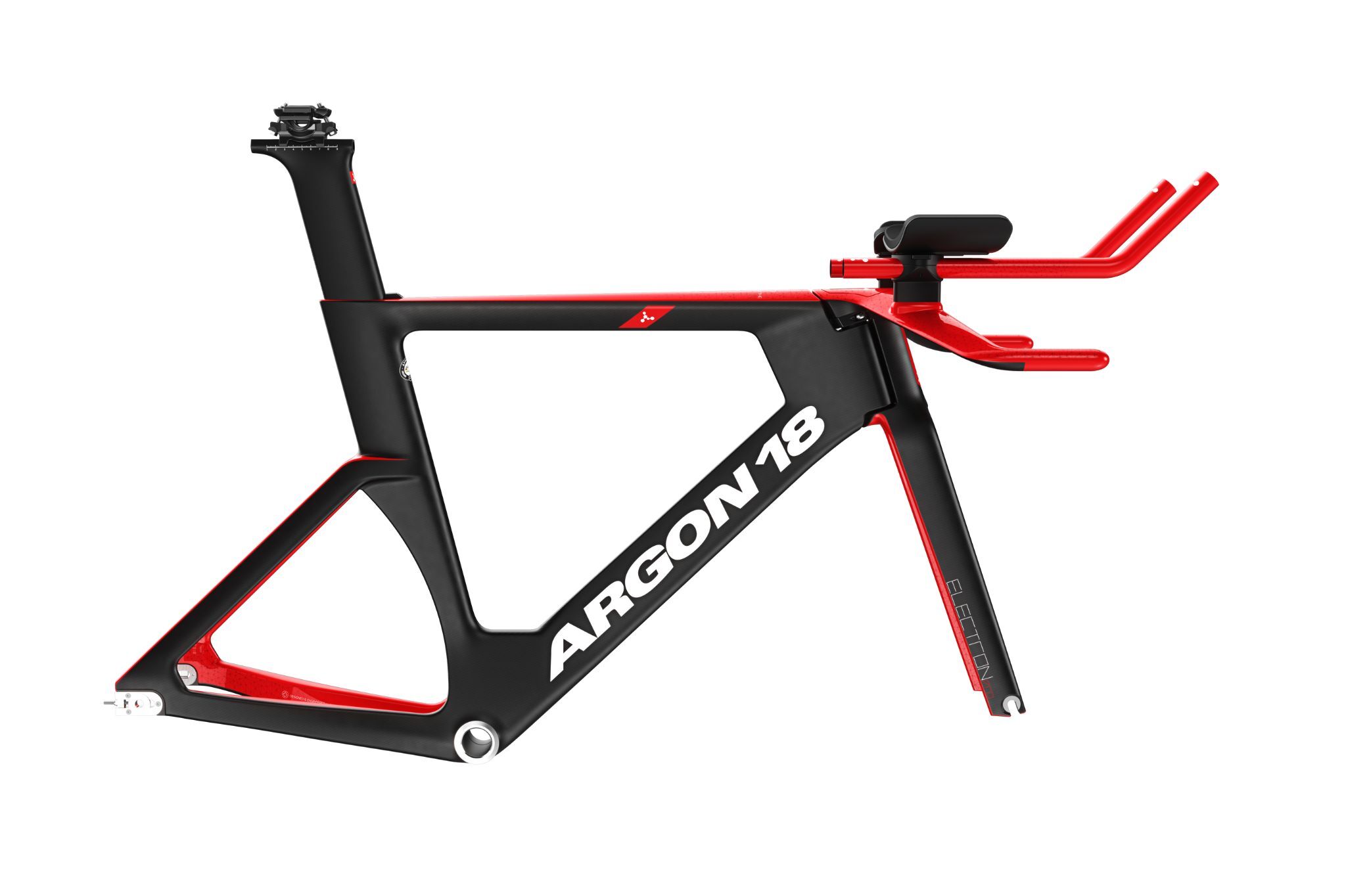R&D Deep Dive: E-119 Tri+ Disc Frame Integration
In our design of the new E-119 Tri+ Disc, Argon 18 has achieved a level of integration that responds to athletes’ needs, while maintaining the usability and premium aero performance that our family of tri bikes has long been known for.
We’ve already shared our process in developing integrated brakes (yes, you’ll see them first on this bike), but the E-119 Tri+ Disc also features an integrated toolkit and bento box – both highly requested by triathletes. Our challenge was to choose the location on the frame for these openings to maintain frame performance and provide maximum usability - while avoiding an aero penalty.
As with any structural alteration, rigorous FEA analysis was used to verify where we would locate the frame openings, and multiple design iterations were undertaken to ensure the most structurally sound design choice also offered the best solution from a rider’s perspective.
Integrated bento box
The bento box designed for the previous-generation E-119 was quite well-liked by our athletes, but with one recurring piece of feedback: it was too small for the full Ironman distance. But athletes needed to find a solution, so they often placed this extra nutrition outside of the bento box – often simply taped to the frame - leading to an aero penalty.
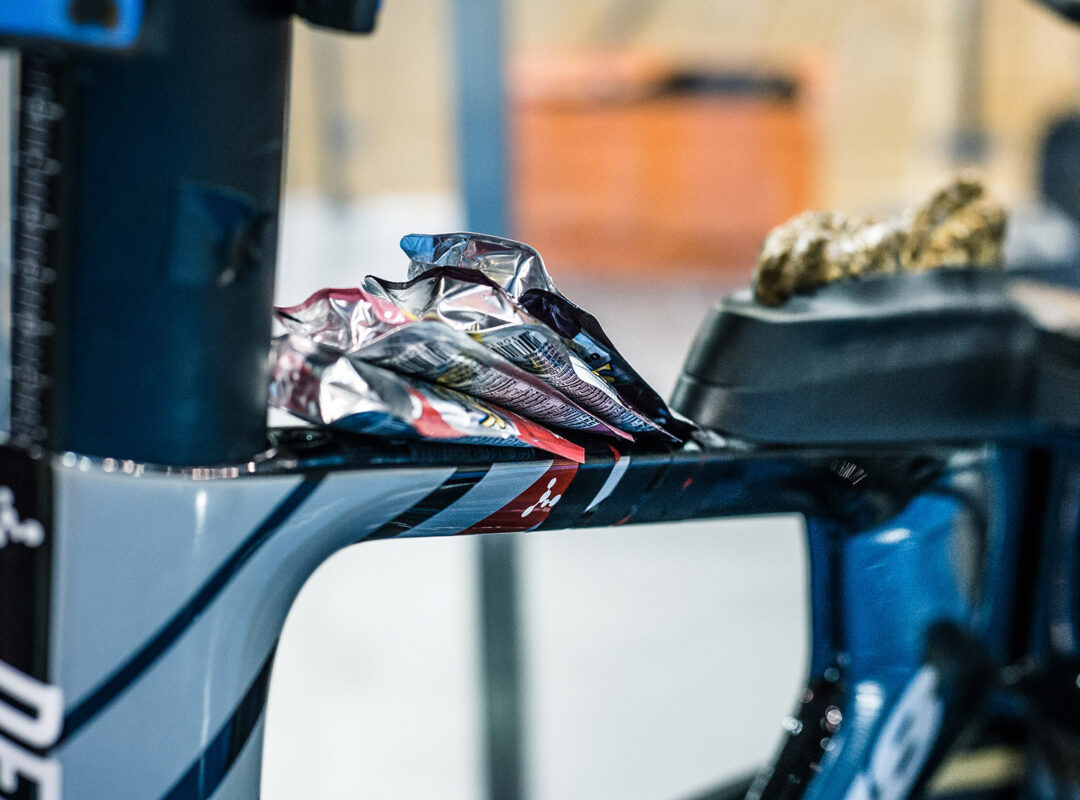
The Challenge of Nutrition
Athletes often resort to taping gels to the frame, often incurring an aero penalty.
We knew we wanted to increase the overall bento box volume, but increasing the exterior size of the box could also lead to an aero penalty, much like the taped-on gels our athletes were trying to avoid! We decided to keep the same exterior shape as before, but to add storage volume inside the frame’s toptube. This meant creating an opening in the tube’s carbon fibre structure.
FEA was used to identify the precise location and size of the opening which would not adversely affect the integrity of the tube structure, and pass all load bearing and crash resistance tests.
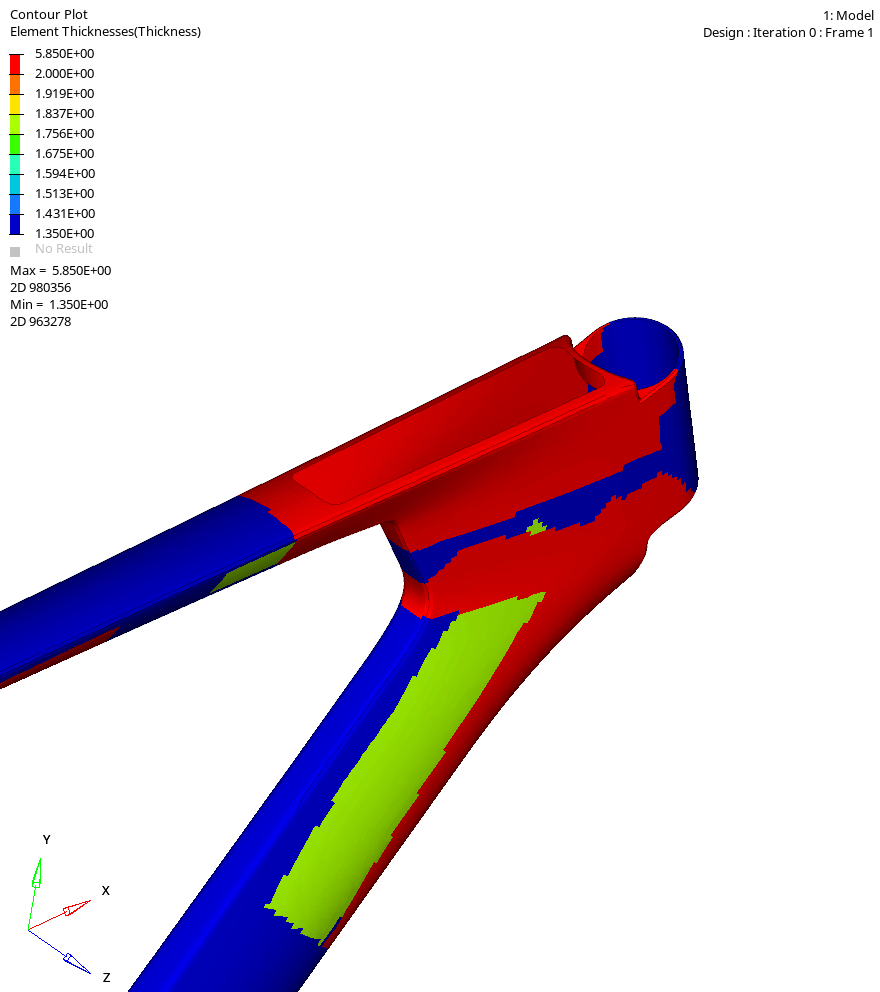
Preliminary FEA Optimization
We used optimization to ensure that the aperture does not lead to a weight/stiffness penalty.
The new toptube reservoir increases the volume of the bento box from 288ml (previous-generation E-119) to 405ml (E-119 Tri+ Disc). The bento box is closed, with only a few small vents to allow for rain or sweat to drain. This means there is no risk of any of the contents falling into and getting lost in the frame. The box can be removed and cleaned as needed, another feature we heard from our athletes as being essential.
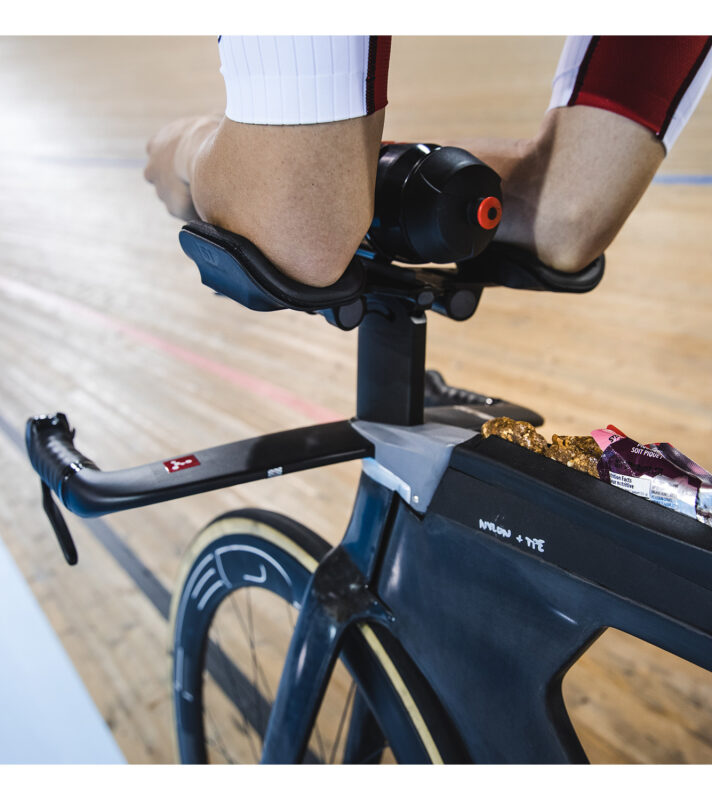
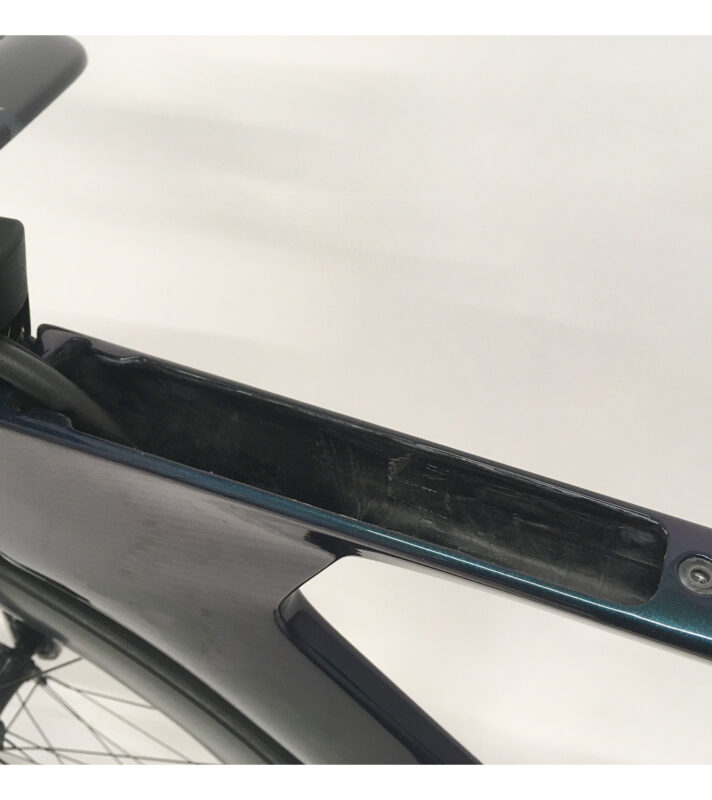
IM-Distance Capacity
The enlarged bento box of the new E-119 Tri+ Disc was designed for full Ironman distance nutrition needs.
Integrated toolkit
On a triathlon bike, the tool kit/spare kit (CO2 cartridge, spare tube, tire levers, multi tool) often ends up outside of the bike on proprietary solutions (like the E-119 Tri+, for example), adapted solutions (tool bottles, 3D printed boxes), in jersey pockets when possible or, once again, taped to the frame. All of these solutions can incur an aero penalty.
Our solution was to integrate the toolkit inside the frame, on the side of the bottom bracket. While we’ve seen integrated kits on several manufacturer’s frames now, where they are found on the frame is an important element of usability, and of course, structural integrity. Much like the bento box opening, the location on the E-119 Tri+ Disc was optimised using FEA to determine the location, size and orientation of the opening. We looked at many possible options for the opening – on the downtube, for example – but we selected the BB location as the best-performing location from a structural and user perspective.
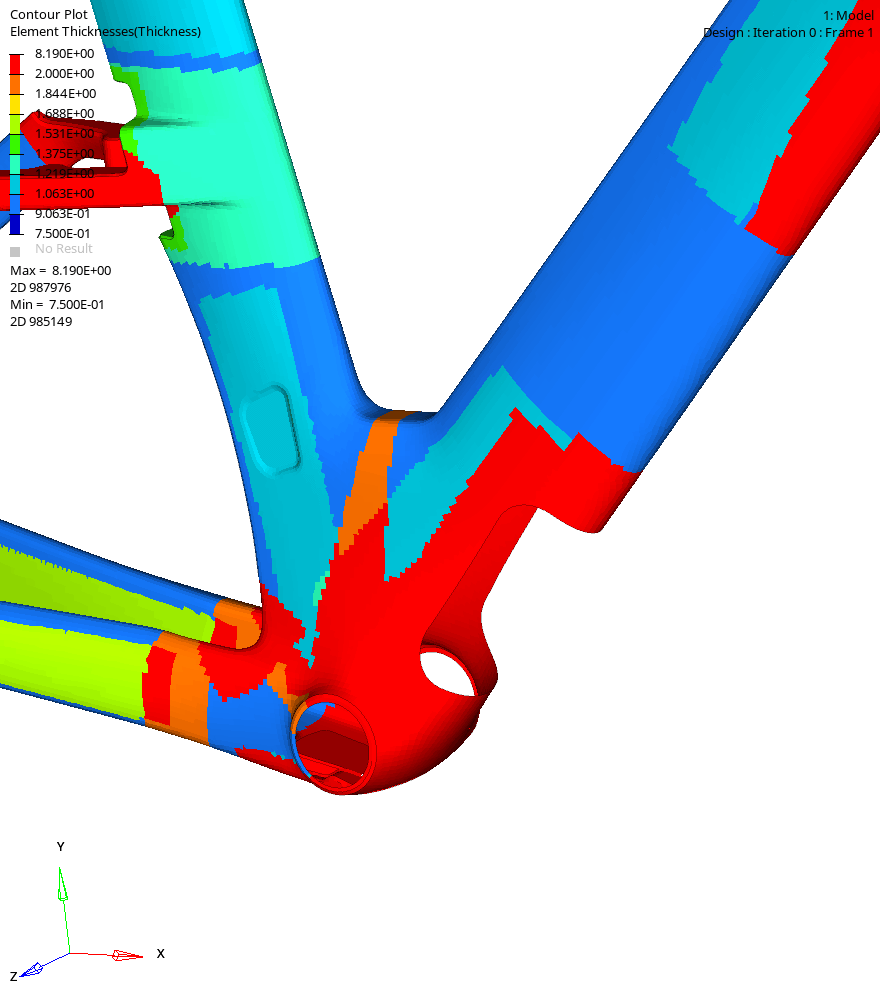
Preliminary FEA Optimization
We evaluated several configurations (aperture on the side or on the front of the BB) to be sure we selected the best solution.
To fit the toolkit, we had to widen the BB area, and any additional width can, of course, incur a small aero penalty. However, we found this penalty to be less than that often incurred by the solutions athletes find to carry their equipment elsewhere, such as strapping it to the frame.
Another key concern we had was how the added weight of the toolkit could possibly affect handling and ride feel. Again, the selection of location on the frame was key to solving this issue. The BB location best addressed these concerns, by keeping the centre of mass as low as possible.
The toolkit is easily accessible through a door in the frame, with the Di2 junction box located on the door frame. As for the tools themselves, they were produced by Topeak with the goal of supplying high quality tools while keeping weight minimal. The uniquely-designed Argon 18 pouch is supplied with the bike and contains a multi-tool, inflator head, cartridge sleeve and tire levers, with additional space for the rider’s tube and two CO2 cartridges.
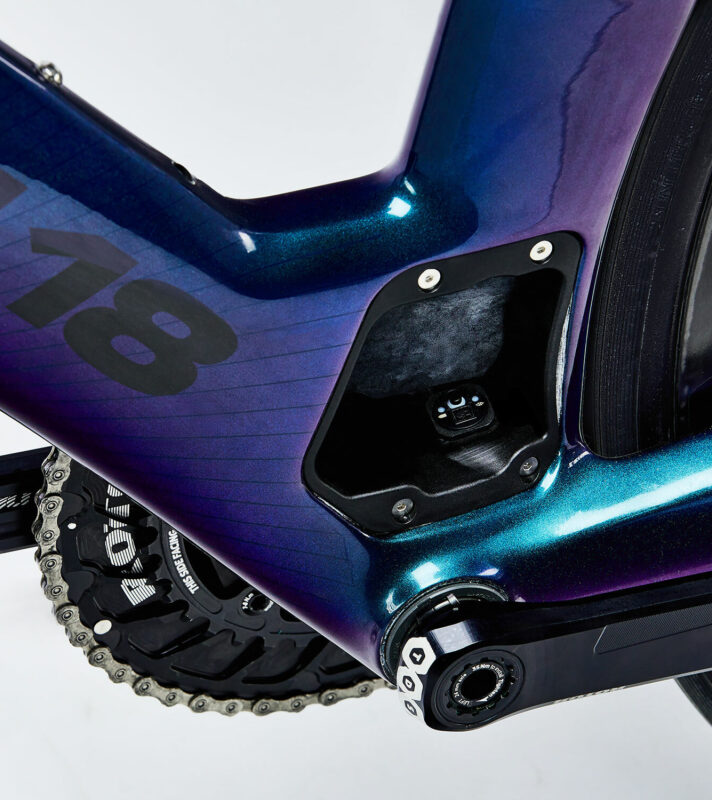
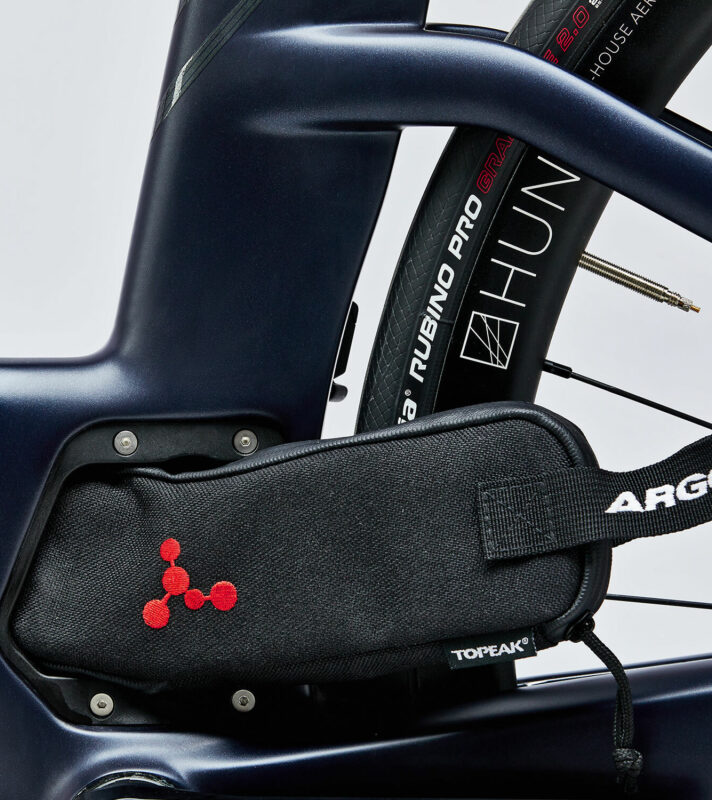
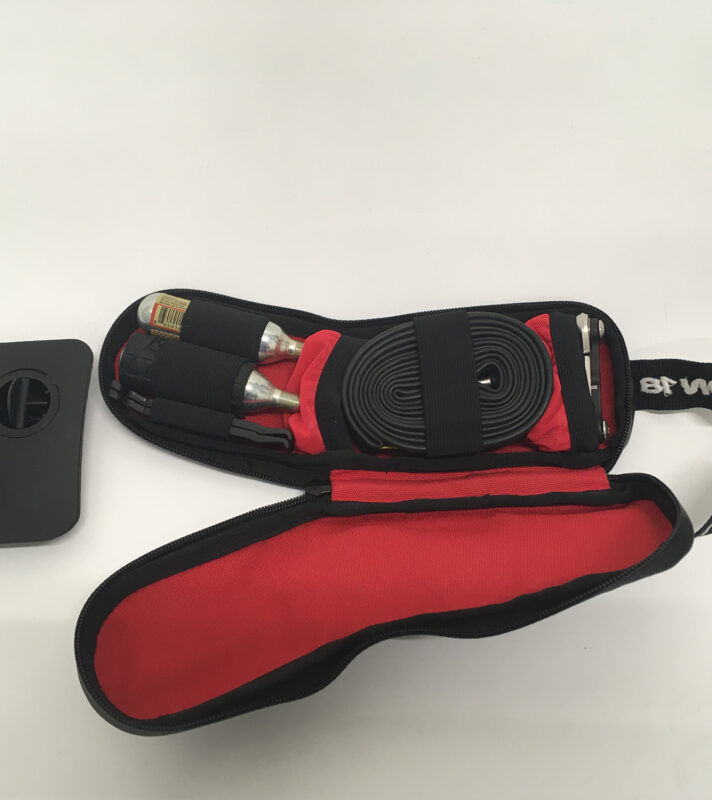
New Integrated Toolkit
The BB location offers convenient access with no negative impact on ride feel.
We’ve mentioned a few times that aero performance was a primary focus for every design choice made as we developed this bike. We’ll have more on the aero testing we undertook for the new E-119 Tri+ Disc in our next article!

